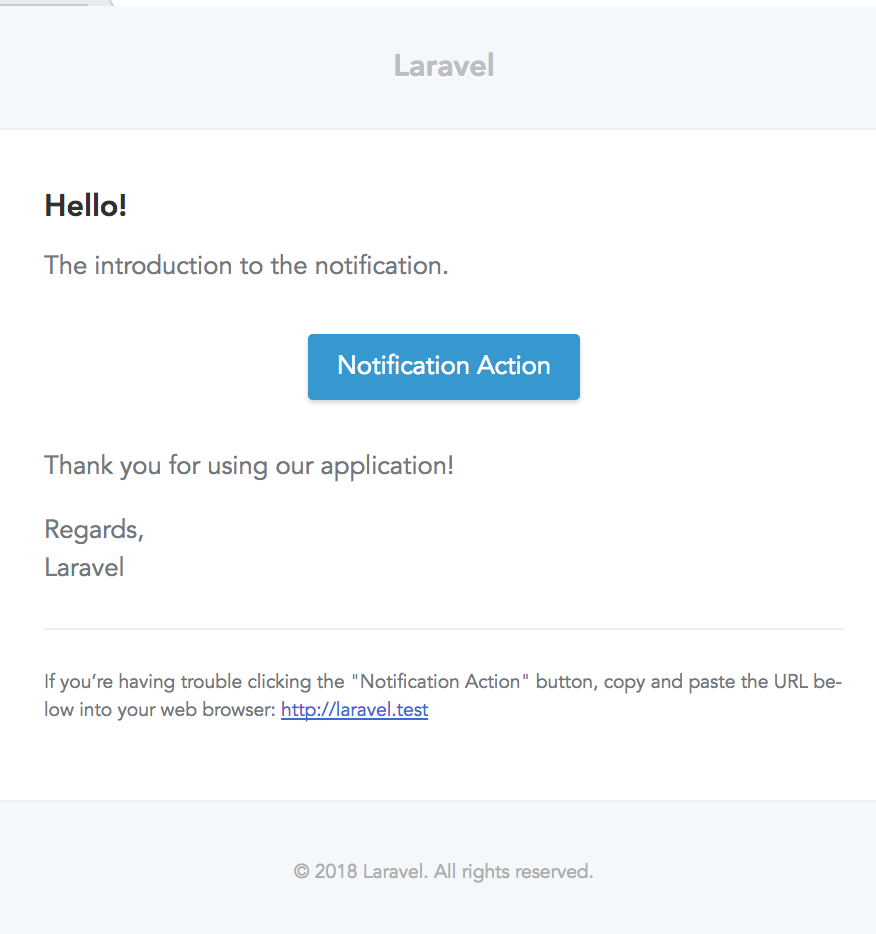In the realm of web development, crafting professional and visually appealing emails is paramount. Enter Laravel Email Templates, a powerful tool that empowers you to create and manage email templates with ease. In this comprehensive guide, we’ll delve into the benefits of email templates, explore the techniques for creating and customizing them, and uncover best practices to ensure your emails stand out in the crowded inbox.
Get ready to elevate your email communication with Laravel’s robust email template capabilities, empowering you to deliver personalized, engaging, and effective messages that resonate with your audience.
Introduction
Blud, email templates in Laravel are the bomb! They’re like pre-made email blueprints that make sending emails a doddle.
Why use ’em? Well, innit, they save you time and effort. No more starting from scratch every time you need to fire off an email.
Benefits
- Time-saving: Templates cut down on the time it takes to create emails.
- Consistency: They ensure all your emails have a consistent look and feel.
- Flexibility: You can easily customize templates to fit your needs.
Creating Email Templates
Creating email templates in Laravel is a straightforward process. It involves defining a blade template file and using the Mail facade to send emails. The blade template file contains the HTML markup for the email, and the Mail facade provides methods for sending emails.
There are several options available for customizing email templates in Laravel. You can use inline CSS to style the email, or you can create a separate CSS file and link it to the template. You can also use Laravel’s Blade templating engine to add dynamic content to the email.
Here is an example of a well-structured email template:
“`html
This is an email template.
Sincerely,
sender
“`
This template uses inline CSS to style the email. You can also use a separate CSS file and link it to the template.
Sending Emails Using Templates

Innit, let’s chat about how to sling emails using templates in Laravel, bruv. It’s like having a sick crib for your emails, where you can customize the design and layout to fit your vibe.
Sending Emails
To send emails using templates in Laravel, you can use the Mail facade. It’s a breeze, mate. Here’s how it’s done:
- Set up your template in the
resources/viewsdirectory. Use Blade syntax to add dynamic content. - Create a route to trigger the email sending.
- In your route, use the
Mail::sendmethod to send the email. Pass in the template name and any data you want to include.
Sending Emails with Attachments and Inline Images
Want to spice up your emails? You can add attachments and inline images. Here’s the lowdown:
- Attachments: Use the
attachmethod to add attachments to your email. Pass in the file path or a File object. - Inline Images: Use the
embedmethod to embed images in your email. Pass in the image path or a File object.
Customizing Email Templates
Intro paragraph
Innit, customizing email templates in Laravel is a doddle. You can tweak ’em to match your brand’s vibe, and make ’em more bangin’ for your customers. Here’s how it’s done:
Variables and Conditionals
Variables are like placeholders for info that you want to include in your emails. For instance, you could have a variable for the customer’s name or order details. Conditionals let you show or hide content based on certain conditions. Like, if the customer has ordered over £100, you could give ’em a special discount code.
Responsive Email Templates
Make sure your email templates look ace on any device. Use responsive design to make ’em adapt to different screen sizes. That way, your emails will always look mint, no matter what.
Best Practices for Email Templates
Creating effective email templates is crucial for successful email marketing. Follow these best practices to ensure your templates deliver optimal results:
Use Clear and Concise Language
Use straightforward language that your audience can easily understand. Avoid jargon and technical terms. Keep your sentences and paragraphs short and to the point.
Optimize for Deliverability
Ensure your email templates are designed to reach your intended audience. Use a reputable email service provider, optimize your subject lines and preheader text, and avoid spam triggers.
Troubleshooting Email Templates
Email templates are a great way to save time and ensure that your emails are consistent and professional. However, there are times when you may encounter problems with your email templates. In this section, we will discuss some common problems that can occur when using email templates in Laravel and provide solutions to these issues.
Debugging Email Template Issues
If you are having problems with your email templates, the first step is to debug the issue. You can do this by checking the following:
- The email template is properly configured.
- The email template is being used correctly in your code.
- There are no errors in your code.
Once you have debugged the issue, you can then take steps to resolve it.
Common Email Template Issues
Some common email template issues include:
- The email template is not sending.
- The email template is not rendering correctly.
- The email template is not being received by the intended recipient.
Questions and Answers
Q: Can I use HTML and CSS to customize my email templates?
A: Yes, Laravel Email Templates fully support HTML and CSS, giving you complete control over the design and styling of your emails.
Q: How do I send emails using templates in Laravel?
A: Laravel provides a simple and intuitive syntax for sending emails using templates. You can use the Mail facade to easily send emails with templates, attachments, and inline images.
Q: What are the best practices for creating effective email templates?
A: Best practices include using clear and concise language, optimizing for deliverability, and ensuring your templates are responsive for different devices and email clients.
